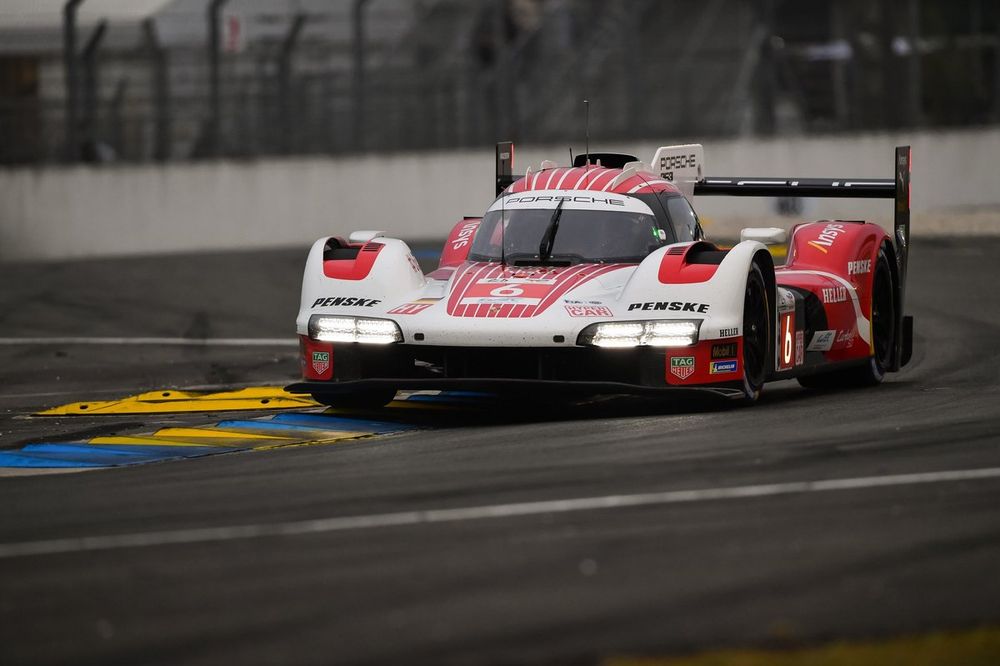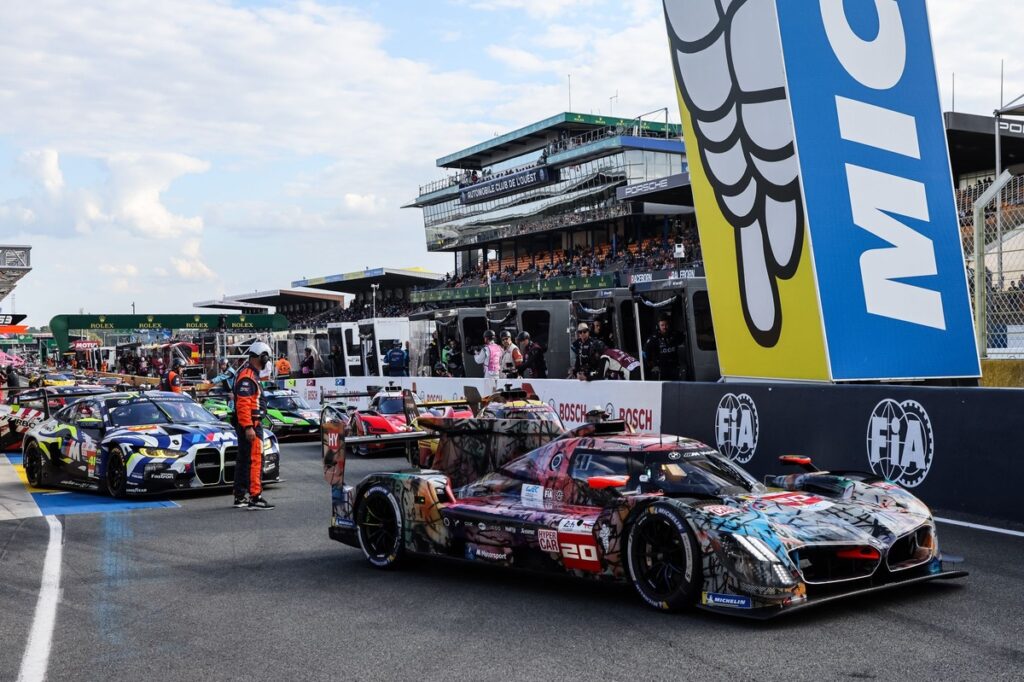Another year, and another change in the qualifying procedures at the Daytona 24 Hours. The IMSA SportsCar Championship kicks off on the hallowed banking of the Daytona International Speedway this weekend and there’s still time before you have to settle down in front of your TV, computer or whatever for the sessions on Thursday afternoon in Florida that will set the grid for the big race.
That’s a change from the past four years in case you’re confused. We knew who would be starting from the front – and from the back – on the Sunday prior to the race from 2021 onwards. The grid was determined during the pre-event ‘Roar Before the 24’ test, initially after a 100-minute qualifying race and then, following a not-so-positive reaction to its introduction from the teams, a more regular series of qualifying sessions for each of the classes.
It’s hard to remember sometimes what changed and when at Daytona, the Le Mans 24 Hours and elsewhere, and not just in my world of sportscar racing. It feels like we’re in an age of interminable tweaking – meddling might be a better word – of qualifying systems in motorsport. It’s a 21st century phenomenon as organisers seek to ramp up the spectacle in our modern age of instant gratification.
Lest we forget, Formula 1 went along quite nicely with multiple sessions on the first and second day of a grand prix weekend for much of its history. When your author first attended a F1 world championship race, the 1978 British Grand Prix at Brands Hatch, it ran to the then normal schedule of a couple of sessions on Friday and one on Saturday afternoon after what was quaintly – and incorrectly – termed as an untimed session in the morning. It was what we now call free practice by any other name.
It wasn’t until 1996 that F1 qualifying was cut to a single hour on Saturday. Only in 2003 did the big changes kick in with the introduction of one-lap qualification – and variations thereof – before the shoot-out concept with three mini-sessions arrived in 2006.
Le Mans managed quite nicely, too, with just eight hours of track running over two days for much of its history before a run of minor changes starting circa 2009. Then, Hyperpole came along in 2020. For this year we’ll have a revision or refinement of what an old-timer like me with 30-plus Le Mans under his belt still thinks of as new.
Le Mans qualifying format has seen several changes over the years
Photo by: JEP / Motorsport Images
It’s going to be a three rather than a two-round affair. In the Hypercar class, the fastest 15 entries (up from the previous eight) from a 30-minute session on Wednesday go through to Hyperpole 1 on Thursday, with five getting knocked out ahead of the finale called, wait for it, Hyperpole 2. The thinking behind the new system is to build the drama to a crescendo, more for the TV audience than the paying spectators at the track I suspect.
I’m not saying I was against Hyperpole in its original format, but there was plenty of drama in days of old. That queue of cars at the pitlane exit just before 22:00 as the one-hour break in qualifying drew to a close – sometimes on the Wednesday, more generally on the Thursday – signalled the start of a manic half hour or so. Temperatures were falling along with the sun: it was important to get out in the prime conditions on the resumption before daylight disappeared — and to try to be at the front of the queue.
And what about some of those last-gasp qualifying runs as the clock clicked down to midnight on Thursday? I’m thinking here of the pole-winning heroics of Tomas Enge in Prodrive-built and run Ferrari 550 Maranello GTS and Aston Martin DBR9 GT1 machinery in the 2000s. A driver who notched up five class poles on the trot between 2002 and ’06 liked leaving it late!
PLUS: Was this the most remarkable Le Mans qualifying lap?
I’m more enthusiastic about Hyperpole 2.0. That’s because the Hypercar contenders will be out on track alone, unfettered by slower machinery from the LMP2 and LMGT3 classes
Yet for all the importance of those minutes after the break, you could never know when the quick laps were going to come. Nor definitively say who was on the pole, overall or in class, until three and a bit minutes or so after the clock struck midnight on Thursday. Not great for TV.
Essentially, I was nonplussed on the introduction of Hyperpole five years ago. But I’m more enthusiastic about Hyperpole 2.0. That’s because the Hypercar contenders will be out on track alone, unfettered by slower machinery from the LMP2 and LMGT3 classes. It looks like I’ll never be scrawling “traffic in the Porsche Curves”, post-qualifying excuse #1, in my notebook again.
As a purist I liked the old, old system – what existed pre-Hyperpole – but the same rationale is behind my excitement for what is to come at the blue riband round of the World Endurance Championship in June. Qualifying at Le Mans will be more than ever before be about man and machine, the stopwatch and the challenge of the 8.47 miles of the Circuit de la Sarthe – and not the traffic a driver does or does not have to negotiate.
Put simply, it’s purer. Finding that all-important clear lap should be a given for the drivers looking to bask in the glory that comes with pole at Le Mans.

Estre welcomes that the move will mean less traffic for drivers to contend with in their bid for pole
Photo by: Marc Fleury
Having the Hypercars out on their own will “make it less of a lottery” reckons Porsche driver Kevin Estre, pole winner at Le Mans last year with what I believe was the lap of the WEC season. “It’s better because it’s fairer” is how he succinctly sums it up.
I don’t disagree, and I hope it has the desired effect in terms of TV viewership: Le Mans and the WEC have to make the most of the amazing product they have right now with so many manufacturers competing in the top class. If it does, then let’s stick with it. All this chopping and changing is no good for anyone.
IMSA had it reasons for abandoning qualifying at the Roar: there was Balance of Performance testing to be done last weekend in the GT Daytona classes for GT3 machinery. But, I reckon, it’s time to stop the tinkering.
Qualifying for the opening round of the IMSA SportsCar Championship was not held at the Roar test following more format tweaks
Photo by: James Gilbert – Motorsport Images
In this article
Gary Watkins
Le Mans
IMSA
Be the first to know and subscribe for real-time news email updates on these topics
Subscribe to news alerts
Read the full article here

